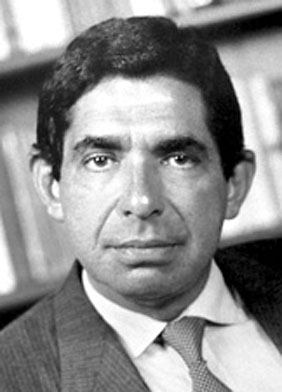 The forward-thinking president of Costa Rica Oscar Arias Sanchez has launched an international conservation effort that could help save 4% of the world’s biodiversity. Called the Peace With Nature Initiative, President Arias’s plan continues the visionary environmentalism Costa Rica began two decades ago.
The forward-thinking president of Costa Rica Oscar Arias Sanchez has launched an international conservation effort that could help save 4% of the world’s biodiversity. Called the Peace With Nature Initiative, President Arias’s plan continues the visionary environmentalism Costa Rica began two decades ago.
Working with Dr. Dan Janzen, University of Pennsylvania biologist, in the 1990s the Costa Rican government began buying up private land to be permanently preserved. Today Costa Rica has put one-fourth of all the country’s land into national parks and green space. Dr. Janzen spearheaded the creation of the Area de Conservaction Guanacaste in northwestern Costa Rica rich with rain forests and wildlife. Those 163-000 hectares of preserved land support 4% of the Earth’s biodiversity.
The cost to ensure the survival of this vital biodiversity in the ACG is $500 million, meaning $1,000 can save one species of life. Peace With Nature will both acquire more sensitive lands in Costa Rica, and it will create an organization to permanently restore and manage the preserved land. Peter Wege and The Wege Foundation have become early supporters contributing $2 million.
President Arias said this when he launched the Peace With Nature Initiative:
To survive in the 21st Century, we need different ethics than in the past, need
to recognize our interdependency, understand that we are all responsible for
each other.
An earlier American conservationist and crusader for national parks said the same thing a century ago. John Muir wrote, “When you tug on one thing in nature, you find it is connected to everything else.”

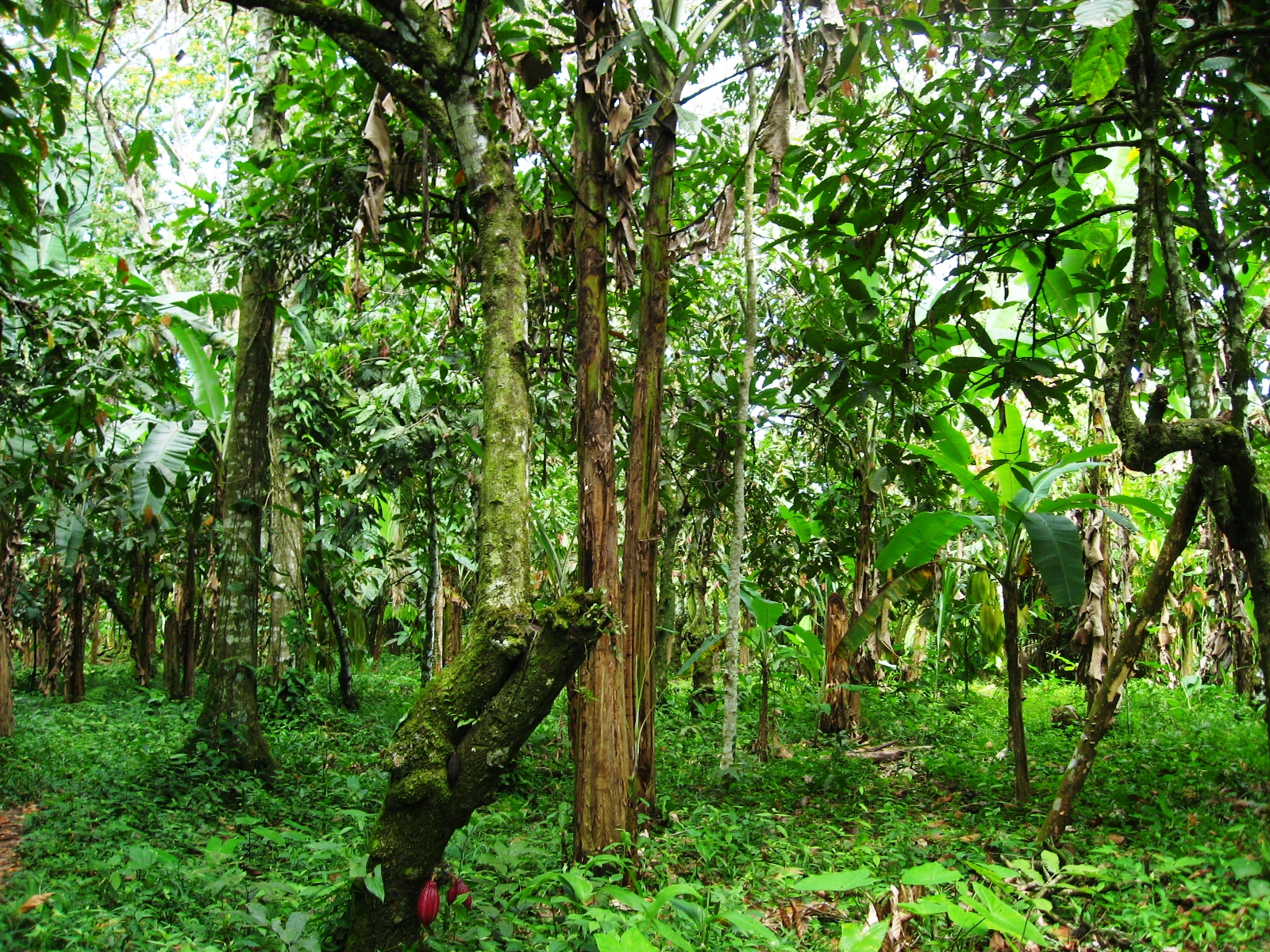
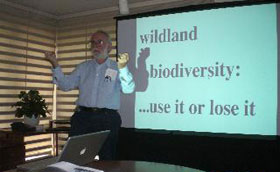
 In late July, 2008, The Wege Foundation invited friends from several West Michigan foundations to meet University of Pennsylvania professor Dr. Dan Janzen and his wife Dr. Winnie Hallwachs Janzen and learn about their conservation work in the Costa Rican rain forest. Since Peter Wege first met the Janzens in 1991, The Wege Foundation has supported their work buying private land to be permanently preserved. The two Dr. Janzens have worked closely with the Costa Rican government to help the Central American country become the global leader in conserved park land relative to its size.
In late July, 2008, The Wege Foundation invited friends from several West Michigan foundations to meet University of Pennsylvania professor Dr. Dan Janzen and his wife Dr. Winnie Hallwachs Janzen and learn about their conservation work in the Costa Rican rain forest. Since Peter Wege first met the Janzens in 1991, The Wege Foundation has supported their work buying private land to be permanently preserved. The two Dr. Janzens have worked closely with the Costa Rican government to help the Central American country become the global leader in conserved park land relative to its size.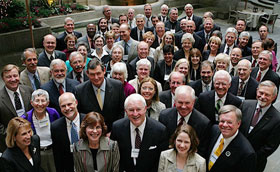
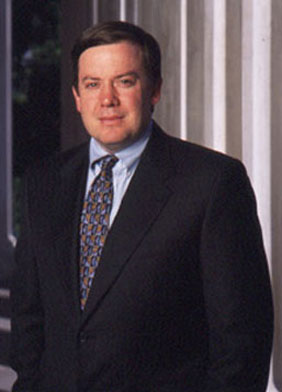 The 2008 Climate Leadership Summit of the American College & University Presidents’ Climate Commitment concluded its two days of meetings in Grand Rapids, Michigan, on June 6. Speaking at the closing luncheon, the chairman of the ACUPCC and president of Arizona State University, Michael M. Crowe did not tiptoe around the sensitive topic of membership.
The 2008 Climate Leadership Summit of the American College & University Presidents’ Climate Commitment concluded its two days of meetings in Grand Rapids, Michigan, on June 6. Speaking at the closing luncheon, the chairman of the ACUPCC and president of Arizona State University, Michael M. Crowe did not tiptoe around the sensitive topic of membership.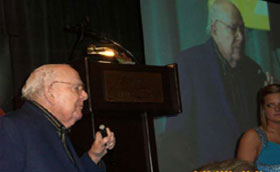
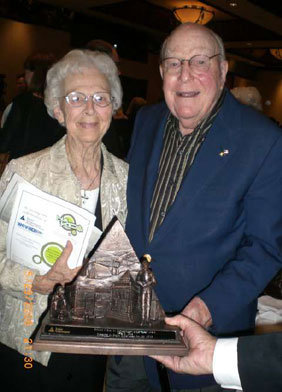 At a black-time banquet in the Amway Grand Hotel, Junior Achievement of West Michigan named Peter M. Wege the winner of the 2008 Edward J. Frey Distinguished Achievement Award. It was Edward J. Frey, a Grand Rapids banker and insurance entrepreneur, who founded the local chapter of Junior Achievement in 1955.
At a black-time banquet in the Amway Grand Hotel, Junior Achievement of West Michigan named Peter M. Wege the winner of the 2008 Edward J. Frey Distinguished Achievement Award. It was Edward J. Frey, a Grand Rapids banker and insurance entrepreneur, who founded the local chapter of Junior Achievement in 1955.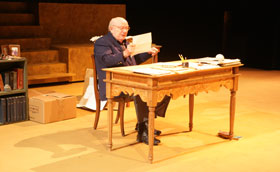
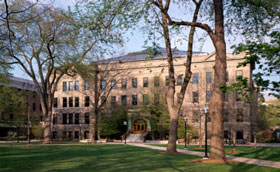


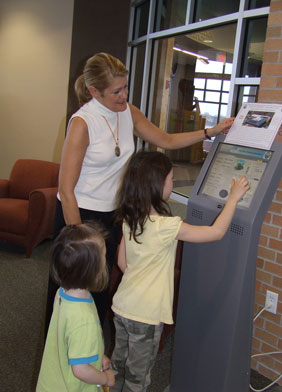 On a hot August day in 2006, Peter M. Wege had the honor of cutting a big red ribbon to open the newly rebuilt East Grand Rapids Library and City Hall on Reeds Lake. The privilege was Peter’s not only for his generous financial support, but also for his prodding the city to build according to environmental protocols. The remodeled City Complex is now been officially declared LEED certified by the United States Green Building Council.
On a hot August day in 2006, Peter M. Wege had the honor of cutting a big red ribbon to open the newly rebuilt East Grand Rapids Library and City Hall on Reeds Lake. The privilege was Peter’s not only for his generous financial support, but also for his prodding the city to build according to environmental protocols. The remodeled City Complex is now been officially declared LEED certified by the United States Green Building Council.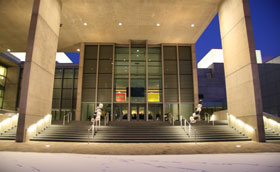
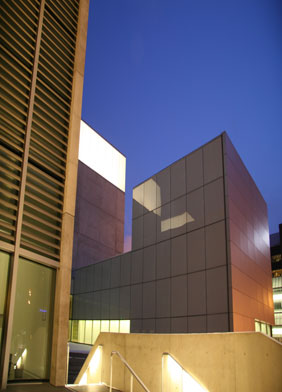 Elite athletes aren’t the only ones striving for the gold. Any new construction that is enrolled in the U. S. Green Building Council’s Leadership in Energy and Environmental Design (LEED) program dreams of earning a Gold ranking, second only to platinum. Now that the U.S. G.B.C. has finished its formal review of all the environmental documentation from the construction of the Grand Rapids Art Museum, they have tallied the points and made the announcement.
Elite athletes aren’t the only ones striving for the gold. Any new construction that is enrolled in the U. S. Green Building Council’s Leadership in Energy and Environmental Design (LEED) program dreams of earning a Gold ranking, second only to platinum. Now that the U.S. G.B.C. has finished its formal review of all the environmental documentation from the construction of the Grand Rapids Art Museum, they have tallied the points and made the announcement.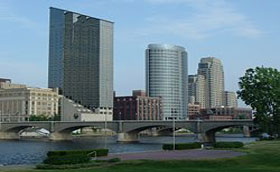
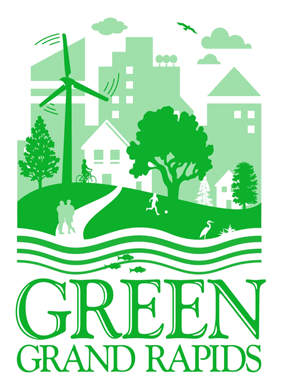 Since he started The Wege Foundation in 1967, Peter Wege has always advocated collaboration. He knows the whole is greater than the sum of its parts, and he’s seen the synergy created when several partners work together for a common cause. The most recent example of Peter Wege’s style of doing business is called Green Grand Rapids, a collaborative effort to map out the future of the city’s parks, playgrounds, trails, trees, sidewalks, storm-water facilities, and green space. The collaborative goal is to expand recreation, improve public health, and extend the city’s green spaces rather than its parking lots.
Since he started The Wege Foundation in 1967, Peter Wege has always advocated collaboration. He knows the whole is greater than the sum of its parts, and he’s seen the synergy created when several partners work together for a common cause. The most recent example of Peter Wege’s style of doing business is called Green Grand Rapids, a collaborative effort to map out the future of the city’s parks, playgrounds, trails, trees, sidewalks, storm-water facilities, and green space. The collaborative goal is to expand recreation, improve public health, and extend the city’s green spaces rather than its parking lots.